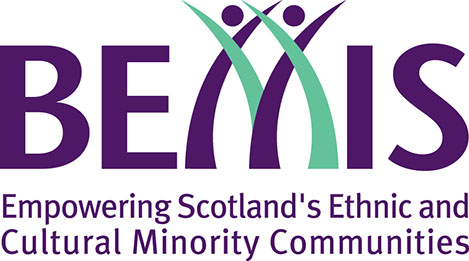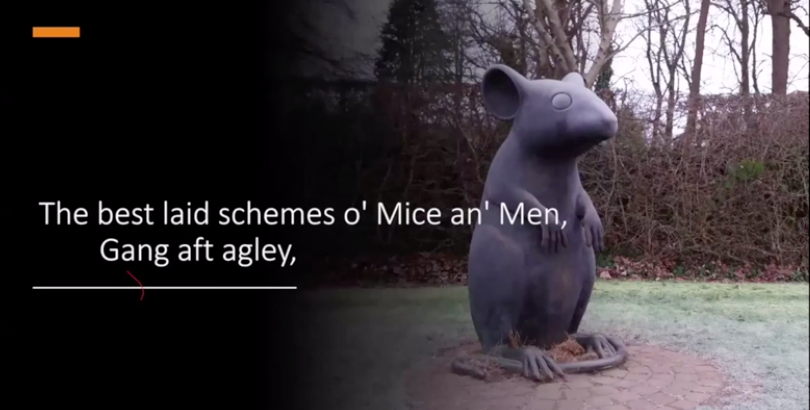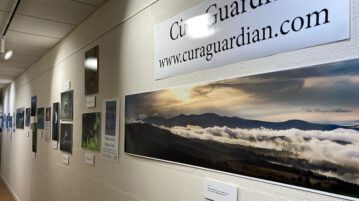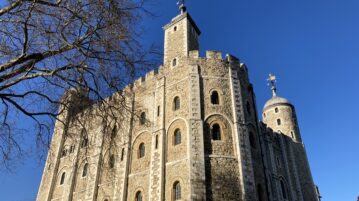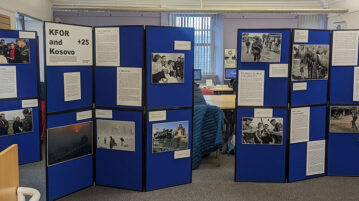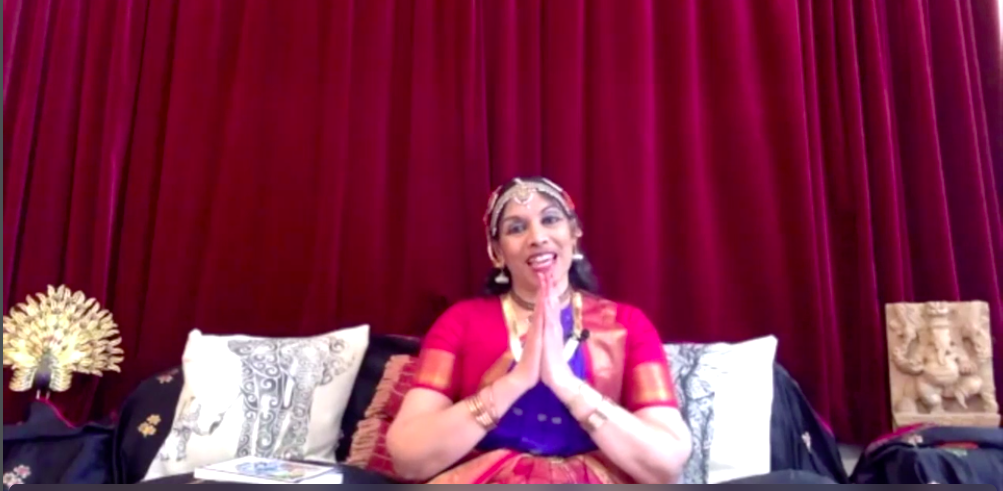
On January 25th 2021, Sitakumari opened the ‘Burns Night with Heartstone’ online event. Burns Night is one of the most important entries in the Scottish calendar, celebrating Scotland’s national poet. It is an international event and it was an exciting challenge to have the opportunity to celebrate such a major programme in ‘Heartstone’ style! We chose, perhaps not surprisingly, Robert Burns’ poem ‘To a Mouse’ as the focus of the event, not just because of its subject but also because it deals with the theme of ‘home’.

Nila Joshi, Founder of the Edinburgh Women’s Interfaith Group and a Heartstone CISC Co-Director, gave a brief opening presentation as she had helped to bring ladies representing the many different faiths and cultures to be found in Scotland today to the event.

Cllr Allan Henderson, Deputy Convenor of Highland Council and Chair of the Communities & Place Committee officially opened the event and thanked BEMIS for their funding which had allowed it to take shape. He highlighted the importance of ‘home’ particularly at this time of living with Covid-19. He spoke of a period in the 1840’s and of one small group of crofters living on the shores of Scotland forcibly removed from their homes during the Land Clearances and whose meagre houses were razed to the ground but how the same people returned five times to where their homes had been and tried to set up again as that is where they felt ‘home’ was. He also spoke of the importance of ‘home’ to Burns as reflected in other poems he wrote and the importance of this in Scotland, as it is across the world. He spoke of the Ceilidh and the meaning of this as a way to celebrate ‘home’ and ‘stories’ and closed with a reminder of how ‘home’ and helping each other has never been more appropriate than in our current time, as we all continue to cope with the pandemic.
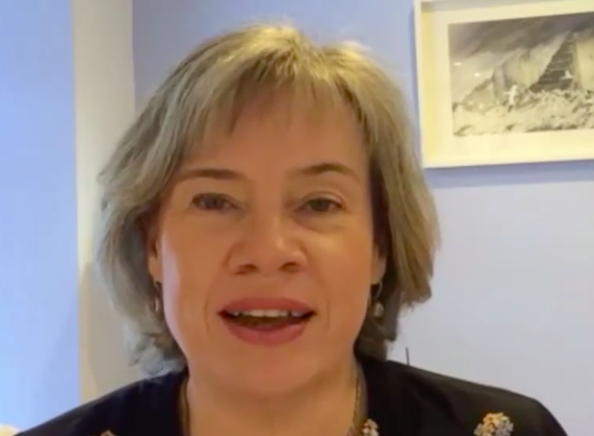
Morven Bruce, actor with Starlight Musical Theatre in Inverness, then gave a dramatic presentation of the first half of the poem ‘To a Mouse’ (as below) before handing over to Zander Donaldson, actor at Eden Court who finished the poem.

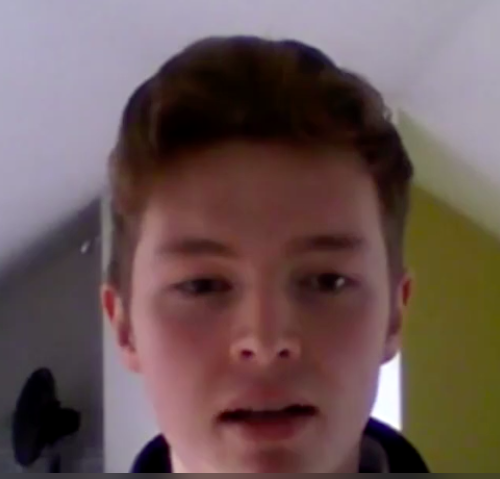
Zander is now an Edinburgh-based Actor, traditionally from the Ardnamurchan Peninsula and started his career shortly after moving to Inverness and working at Eden Court. He currently studies Acting and English with Edinburgh Napier University and hopes to work in theatre, tv and film. He keeps his Gaelic skills intact by singing in the Lothian Gaelic Choir.
 Dr Ronnie Young from the Centre for Robert Burns Studies at Glasgow University followed with a presentation about the poet and his life and why he would have written ‘To a Mouse’. Ronnie is a lecturer on the Scottish Enlightenment. He is also the Convenor, Principia Consortium, ‘The Scottish Enlightenment’, part of the Robert Burns Online School of Critical Studies, Depute Convener (Scotland) of the International Association for the Study of Scottish Literatures (IASSL) and the Series Editor of the Scottish Cultural Review of Language and Literature (SCROLL).
Dr Ronnie Young from the Centre for Robert Burns Studies at Glasgow University followed with a presentation about the poet and his life and why he would have written ‘To a Mouse’. Ronnie is a lecturer on the Scottish Enlightenment. He is also the Convenor, Principia Consortium, ‘The Scottish Enlightenment’, part of the Robert Burns Online School of Critical Studies, Depute Convener (Scotland) of the International Association for the Study of Scottish Literatures (IASSL) and the Series Editor of the Scottish Cultural Review of Language and Literature (SCROLL).
Given this extensive knowledge, we could not have had a better person to 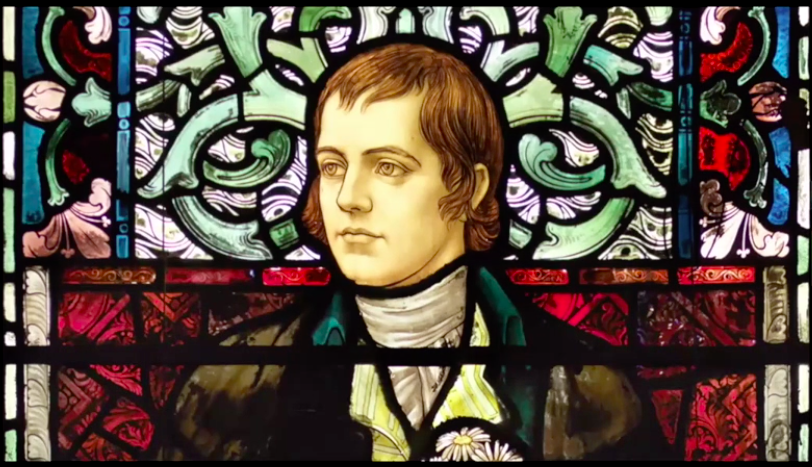 present the life of Robert Burns and the period in which he lived, which allows the telling of several stories – a period of time in which Scots emigrated across the world, the story of Burns himself and Britain as it was then and a story of Empire, all relevant in the context of Heartstone. He shared an image of Burns as a young man, around the time when he becomes famous, which is part of a stained glass window at Glasgow University.
present the life of Robert Burns and the period in which he lived, which allows the telling of several stories – a period of time in which Scots emigrated across the world, the story of Burns himself and Britain as it was then and a story of Empire, all relevant in the context of Heartstone. He shared an image of Burns as a young man, around the time when he becomes famous, which is part of a stained glass window at Glasgow University.
Most importantly, Ronnie spoke of why Burns would have written the poem, highlighting the poet’s special ability to empathise with those he wrote about, including the mouse whose home he had accidentally destroyed with his plough, and his understanding of the delicate balance between humans and the natural environment. Ronnie shared images of Burns’ home, the modest cottage occupied by both family and their farm animals (below) which you can still visit today in Alloway, Near Ayr. Life for Burns as a farmer was hard and the fear of homelessness would not have been far from his mind, thus echoing key issues still of relevance today.
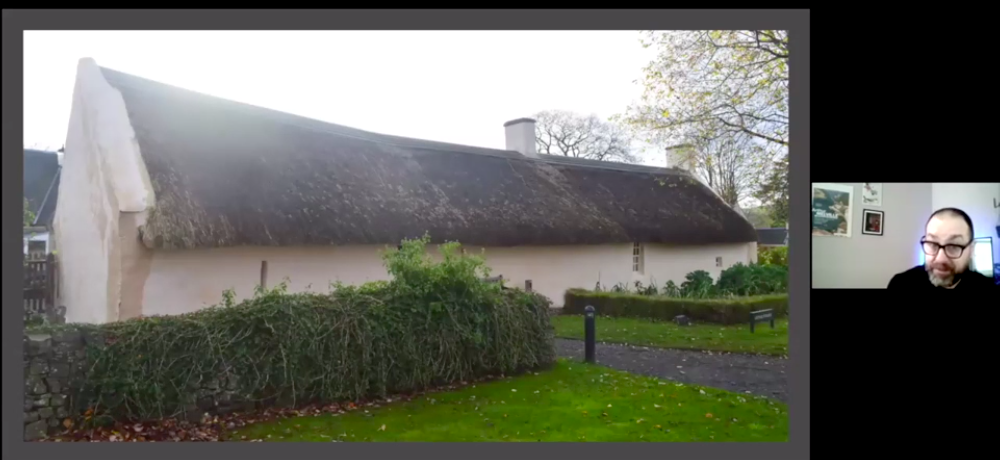
Robert Burns was born here in 1759 and died at the age of 37 in 1796 by which time he was nationally and internationally renowned for his literary work. Of course it is the line of his poem ‘the best laid schemes of mice an’ men’ that has become so famous and the inspiration for other great works of literature over the years
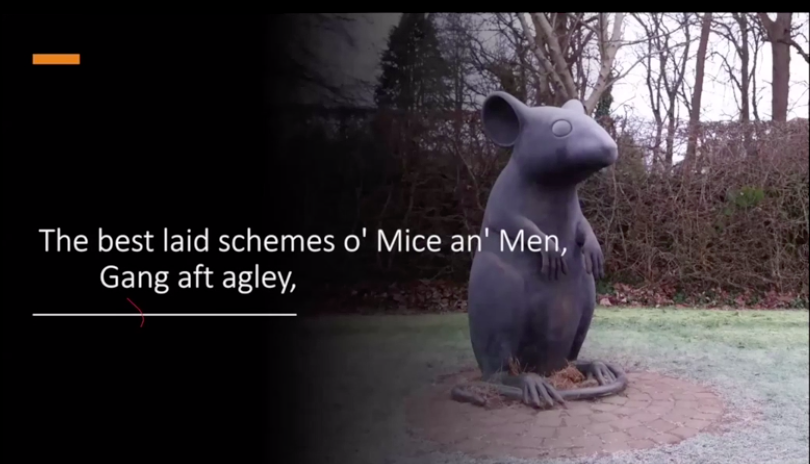
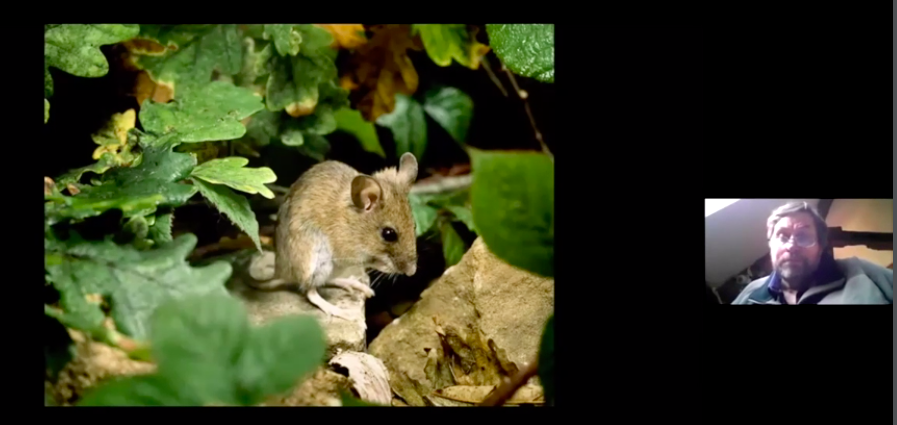 Photographs: Wood Mouse above and below ©Nick Sidle/Heartstone
Photographs: Wood Mouse above and below ©Nick Sidle/Heartstone
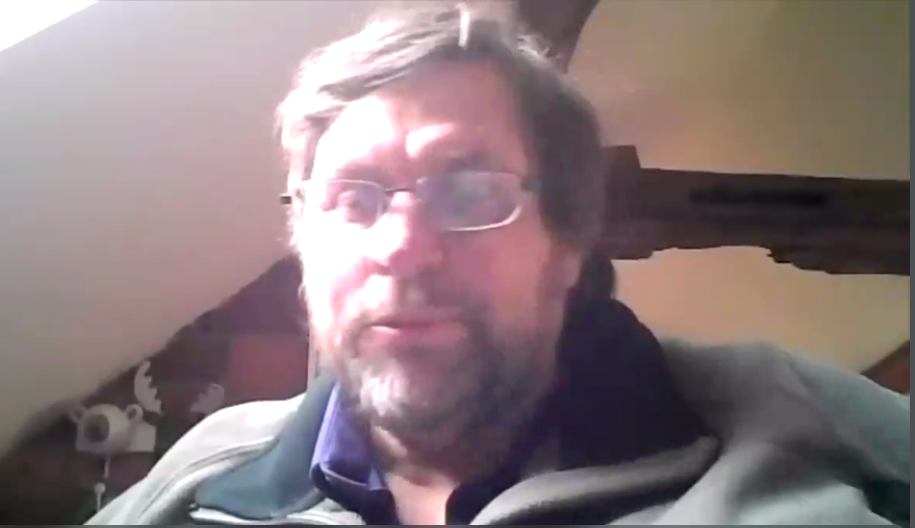 To give a sense of connection with the natural history of mice in Scotland, Derek Crawley then followed. He is the founder and Chair of the Staffordshire Mammal Group, co-ordinator of the National Mammal Atlas Project resulting in ‘The Atlas of Mammals of Great Britain and Northern Ireland’ for which he is the lead author. He is also a Trustee for the Mammal Society and oversees the verification process for mammals on iRecord for them.
To give a sense of connection with the natural history of mice in Scotland, Derek Crawley then followed. He is the founder and Chair of the Staffordshire Mammal Group, co-ordinator of the National Mammal Atlas Project resulting in ‘The Atlas of Mammals of Great Britain and Northern Ireland’ for which he is the lead author. He is also a Trustee for the Mammal Society and oversees the verification process for mammals on iRecord for them.

Derek brought a fascinating insight into the different species resident in Scotland, especially that of the wood mouse, the mouse that inspired Robert Burns’ poem, where they live, what they eat, how far they travel and much more….
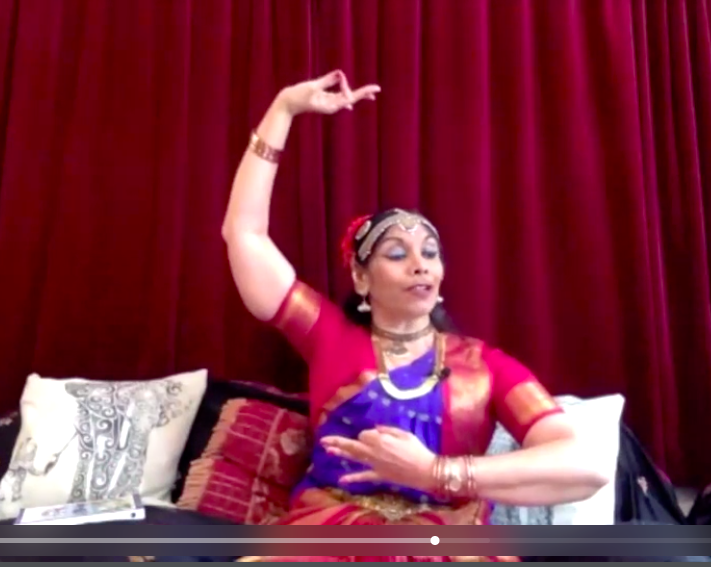
From the Robert Burns poem and then facts about mice, the event turned to the Heartstone connection and the world of ‘The Heartstone Odyssey’. Sitakumari presented the story of Sandrace Firefoot leaving his home in India in 1796, bound for Britain on what would become a lifelong mission to find a special place for the Heartstone fragment he had brought with him. He would have arrived in Scotland shortly after Robert Burns’ death, so would without doubt have heard his poem! Sadly, he never returned to India or saw his family or his friends there again. As Sitakumari explained, home for Sandrace would become, not a place or a building, but wherever his beloved companion, Lavenderwhiskers was. It was ultimately about being with people you love and who in turn, give you love, which gives the real meaning to the word ‘home’.
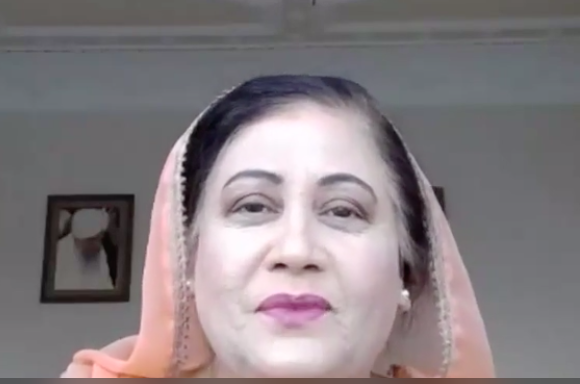 The story of Sandrace in the late 18th Century set the scene for two stories from the world today. Ravinder Kaur Nijjar, Chair of the UK Women of Faith Network, spoke of what ‘home’ meant to her. Ravinder spoke of her three ‘homes’. First was her birthplace in Delhi, India, then to London at the age of six, where she studied and eventually became a teacher. After her marriage, she moved to her third home, Glasgow. So what does ‘home’ mean to her – ‘family, friends, community and a sense of belonging’. That was all there in India and she eventually found the same in London and then in Glasgow. As Ravinder said in her closing statement, ‘Home is where the heart is, home is where there is family, home is where there are friends and most importantly, home is where there is love.’
The story of Sandrace in the late 18th Century set the scene for two stories from the world today. Ravinder Kaur Nijjar, Chair of the UK Women of Faith Network, spoke of what ‘home’ meant to her. Ravinder spoke of her three ‘homes’. First was her birthplace in Delhi, India, then to London at the age of six, where she studied and eventually became a teacher. After her marriage, she moved to her third home, Glasgow. So what does ‘home’ mean to her – ‘family, friends, community and a sense of belonging’. That was all there in India and she eventually found the same in London and then in Glasgow. As Ravinder said in her closing statement, ‘Home is where the heart is, home is where there is family, home is where there are friends and most importantly, home is where there is love.’
Zosia Fraser, Honorary Polish Consul for the Highlands, brought the final story. 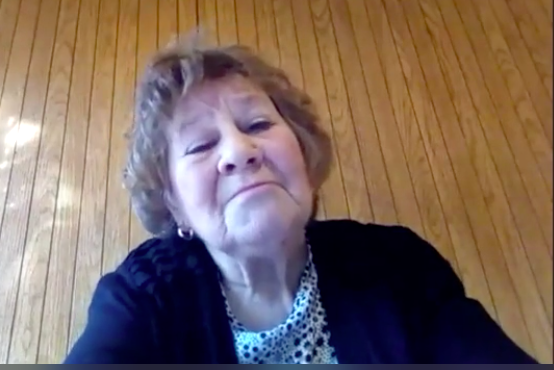 As she said, ‘My heart belongs to Poland but I can honestly say my home now is in Inverness, Scotland.’ She was born and brought up in London. The Polish community is no different to others and she described how they gathered together in London near a Church, a school and shops where they could get Polish food. After studying in Glasgow, on a fortuitous trip to Inverness, she felt she had found the place she wanted to make her permanent home. A beautiful city, with lochs and forests, a place she loves, where she has found friends and a community and now, over many years, has helped Polish incomers to similarly find their new ‘home’.
As she said, ‘My heart belongs to Poland but I can honestly say my home now is in Inverness, Scotland.’ She was born and brought up in London. The Polish community is no different to others and she described how they gathered together in London near a Church, a school and shops where they could get Polish food. After studying in Glasgow, on a fortuitous trip to Inverness, she felt she had found the place she wanted to make her permanent home. A beautiful city, with lochs and forests, a place she loves, where she has found friends and a community and now, over many years, has helped Polish incomers to similarly find their new ‘home’.
TO HEAR THE FULL VERSION OF ALL THESE STORIES, YOU CAN GET THE RECORDING FROM HEARTSTONE. CALL 01349 866066 OR EMAIL alice@heartstone.co.uk.
We would like to give our grateful thanks to BEMIS and Scotland’s Winter Festivals who funded ‘Burns Night with Heartstone’, to Eden Court and Starlight Musical Theatre, both in Inverness, for having located our wonderful actors and to all the contributors who have made this event possible.

